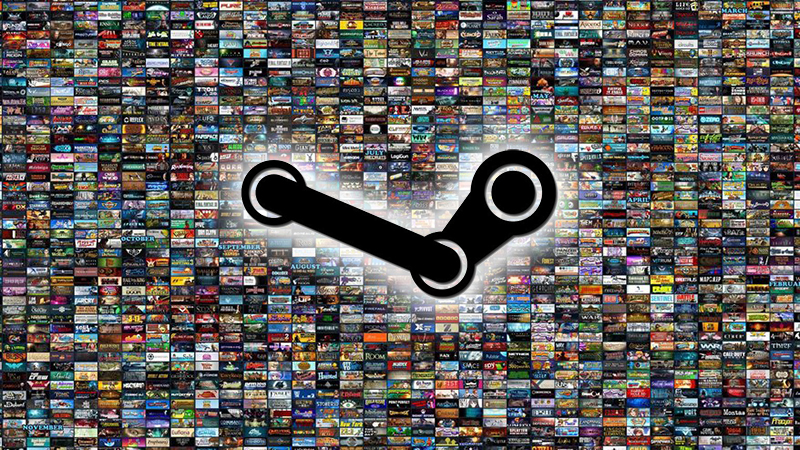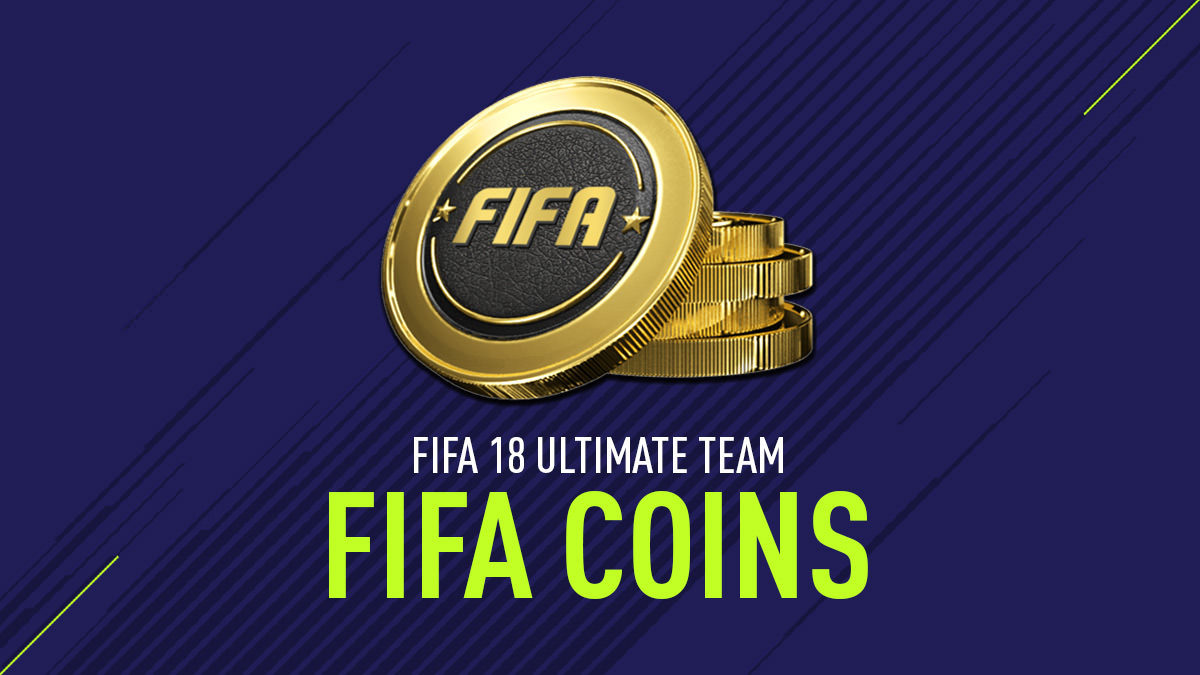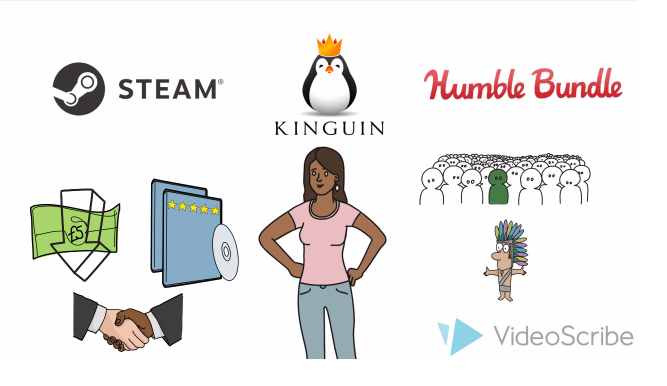In 1983, the home video game console market crashed, dropping from 3.2 billion US$ in revenue in 1982 to 100 million US$ in 1985.
The cause?
Due to the rising popularity of gaming and a lack of publisher control, the market became oversaturated with Shovelware: competing home consoles, video games, blatant low quality cash grabs and knock-offs of both. Customers could no longer find good games, and developers struggled to provide those good games when competing with the flood of shovelware. Now, slowly but surely, Steam is poised to undergo the same as the gaming industry in 1983, if only to a lesser degree.
The Steam platform is the current industry leader in providing video game digital distribution, with many pundits, critics and Valve, the developer of Steam, calling it a monopoly (Lockley, 2013). It boasts the biggest user-base and selection of games. However, the most important thing to note is that of Steam’s 19,000 available games in 2017 about 40% of them were released in 2017 (McAloon, 2018). Steam Greenlight, and its successor Steam Direct were designed by Valve to allow small developers to sell their games on the platform with little interference from their part, as they do not wish to be the gatekeepers of PC gaming due to their monopoly (Grubb, 2017). The result, however, is a flood of low-effort and sometimes fraudulent games: shovelware 2.0
These games are often barely functional, illegally resell pre-purchased assets and/or meet requirements for entry by bribing users to rate them favourably. The Steam storefront is a mess when not looking specifically at top sellers or most popular categories, leading many smaller independent developers to move over to other platforms or even other markets. The game Blossom Tales moved away from Steam to the Nintendo Switch which led to a twenty fold increase of lifetime sales for the game (Khan, 2018).
While Valve has taken some steps to remedy this, such as leveraging Steam’s more active community members to curate these games, the problem still remains and threatens to pull Steam into its own video game crisis in the future.
I’m just glad that I have a GOG.com and Green Man Gaming account waiting in the wings…
- Grubb, Jeff (February 13, 2017). “Valve won’t manually curate Steam because it dominates PC gaming”.
- Khan, Imran (March 16, 2018). “Blossom Tales Developers Avoid Closing Thanks To Switch Sales After Poor Steam Showing”
- Lockley, Greg (November 8, 2013). “Breaking the Steam monopoly”.
- McAloon, Alissa (June 28, 2018). “Steam Direct sees 180 game releases per week, over twice as many as Greenlight did”.



